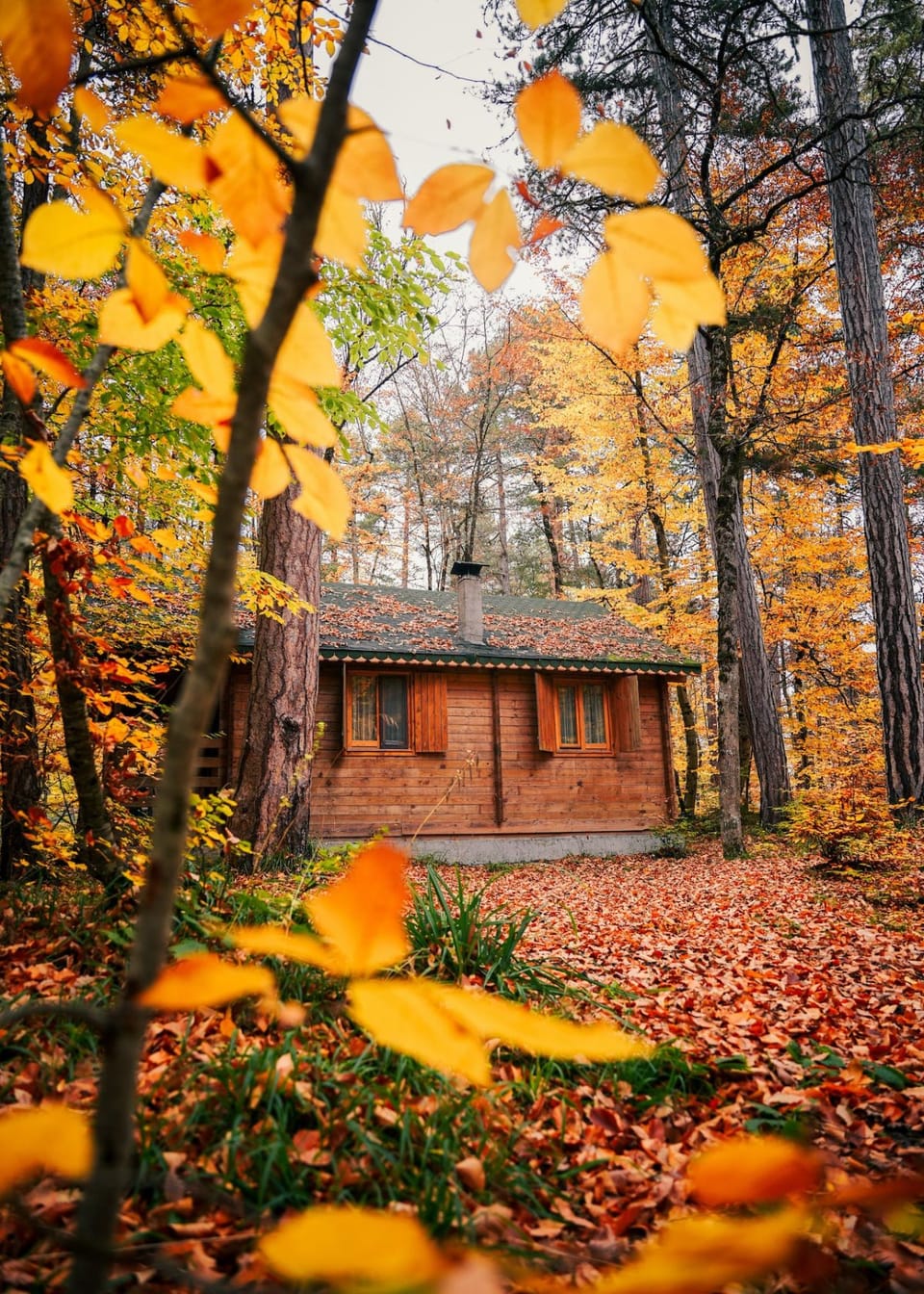How Do Rock Climbing Cams Work?
So you want to be a Rock Climber? Do all of your research to invest in the life saving gear you'll need to survive - Start with Climbing Cams!
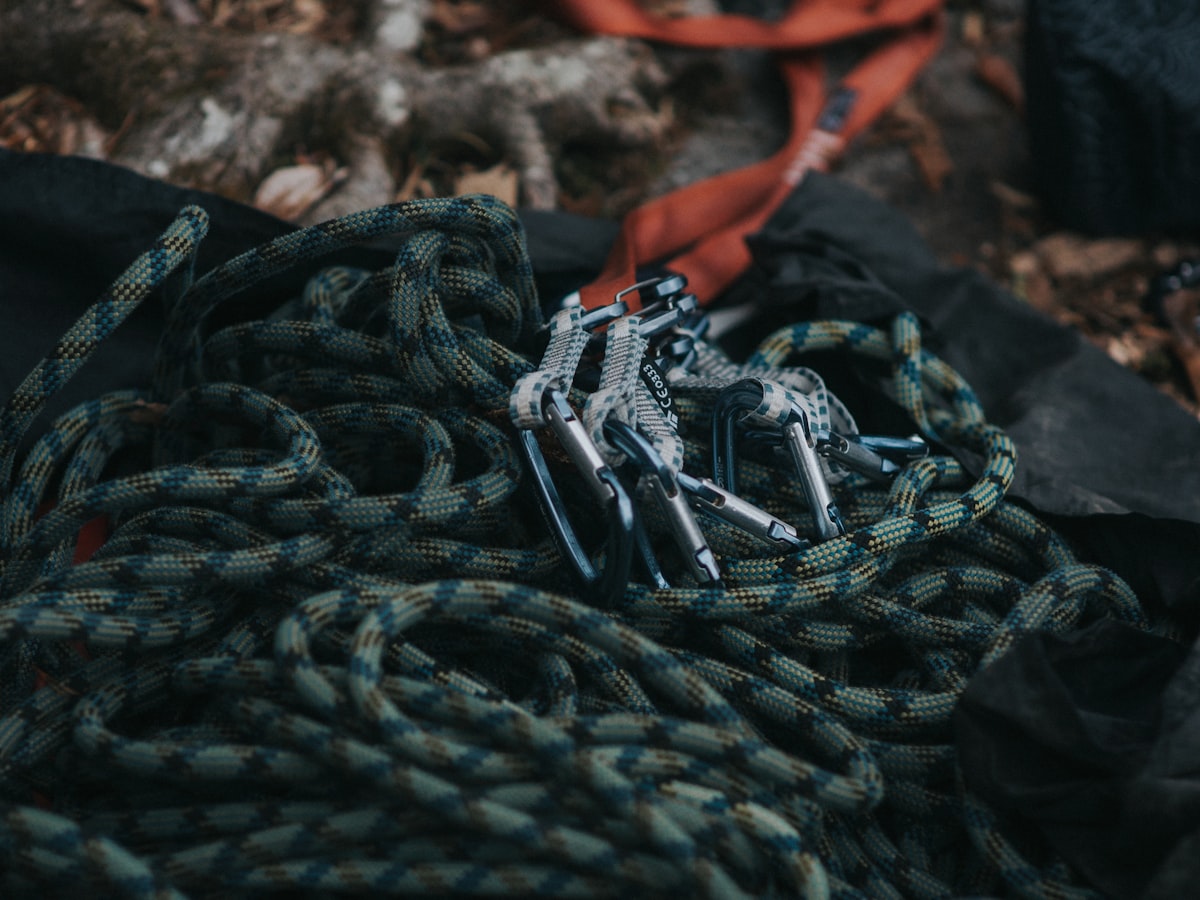
Have you ever seen a climber with those cool cam devices?
Rock climbing cams are mechanical devices used to protect climbers from falling. They come in different shapes and sizes, making them better suited for certain types of rock. When placed correctly, these cams expand when loaded and securely hold the climber’s weight – pretty much like an anchor!
Wouldn't it be great if there was a device that could help you go even higher up on your climbs? With rock climbing cams, now you can climb with confidence knowing that each step is safer than before. For experienced climbers looking to take their movement skills further or beginners wanting to get into this challenging sport, rock climbing cams will set the foundation of your growth as a climber.
Visit our website today and shop for all kinds of rock climbing cams we offer!
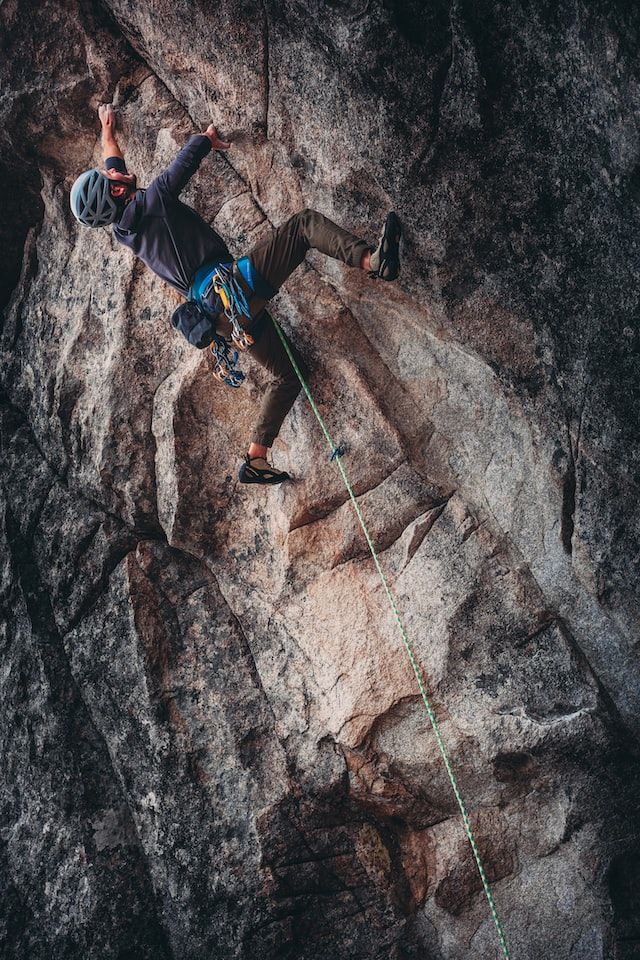
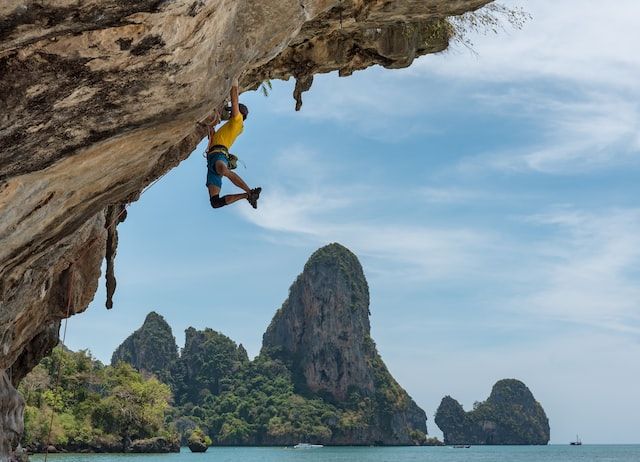
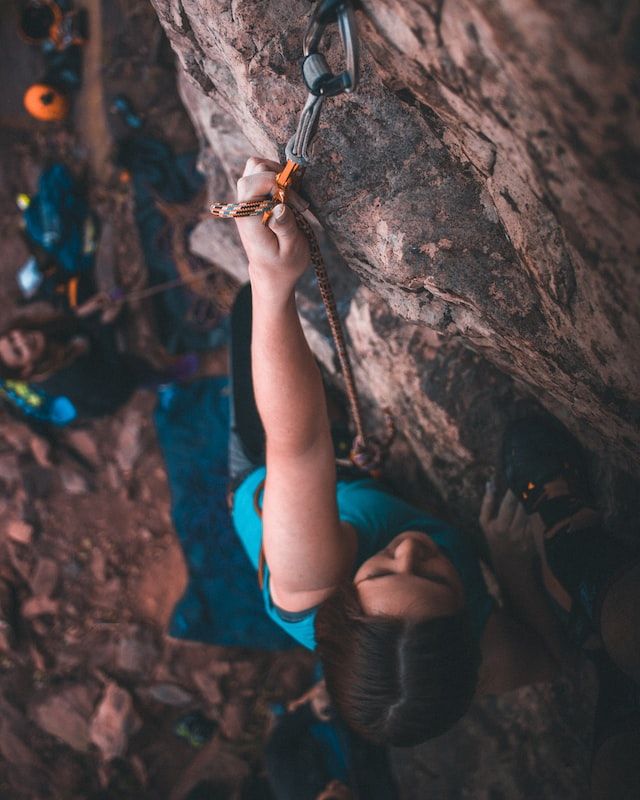
Benefits Of Climbing Cams
When you dive into the world of rock climbing either indoors or outdoors you need to be prepared and come equipped with all the tools necessary for success.
Using a climbing cam will absolutely save your life especially when you are free form rock climbing outdoors. It's essential to have the safety and security of this gear to ensure you are as safe as possible.
Cams typically feature three or four curved pieces of aluminum, called cam lobes. When you pull the spring-loaded trigger wire, these chunks of metal retract and make the device narrower.
This allows you to slide the unit inside a crack. When you release the trigger, the cam lobes expand to fit the rock. Placed correctly, cams offer excellent hold, particularly in places where passive pieces of gear will not, such as parallel-sided cracks.
How To Install Climbing Cams
- Pull the trigger to retract the cam lobes and slot it into the crack.
- Release the trigger to allow the lobes to open up and make contact with the sides of the crack. If the lobes open up all the way, try a bigger size.
- Use the correct size the strongest and optimal placement is within the middle section of the cam’s range of movement. You should aim to place every cam like this.
- You need to position cams far enough into the crack to accommodate for the slight slippage that can occur when the cam is loaded. In very slippery rock, a cam may slide out completely when weighted due to the lack of friction.
- Find a constriction if possible, set a cam above and below a constriction. This traps the cam in place and prevents it from walking. Placements like this are very stable. Avoid placing cam lobes on tiny bumps or crystals which may disintegrate under load. This could cause the unit to pull out.
Risks Associated With Using Cams
Rock climbing can present a variety of risks, but when using climbing cams, some of the main ones to consider include:
- The potential for the cam to slip due to improper placement.
- Slippery or wet surfaces making it difficult for the gear to hold.
- The cam releasing unexpectedly due to overuse or damage.
- Falling debris resulting from an unstable rock face.
With this being said, it's important to understand the severity of placing the cams in the rock correctly. Choosing the ideal spot for a cam could mean the different between a solid hold on the rope and falling due to unhinging.
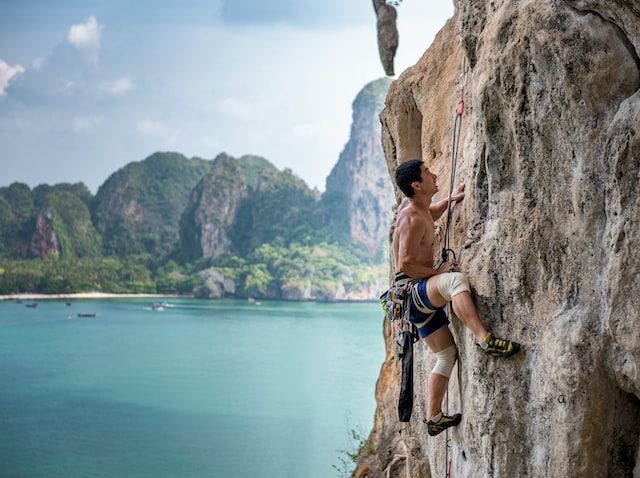
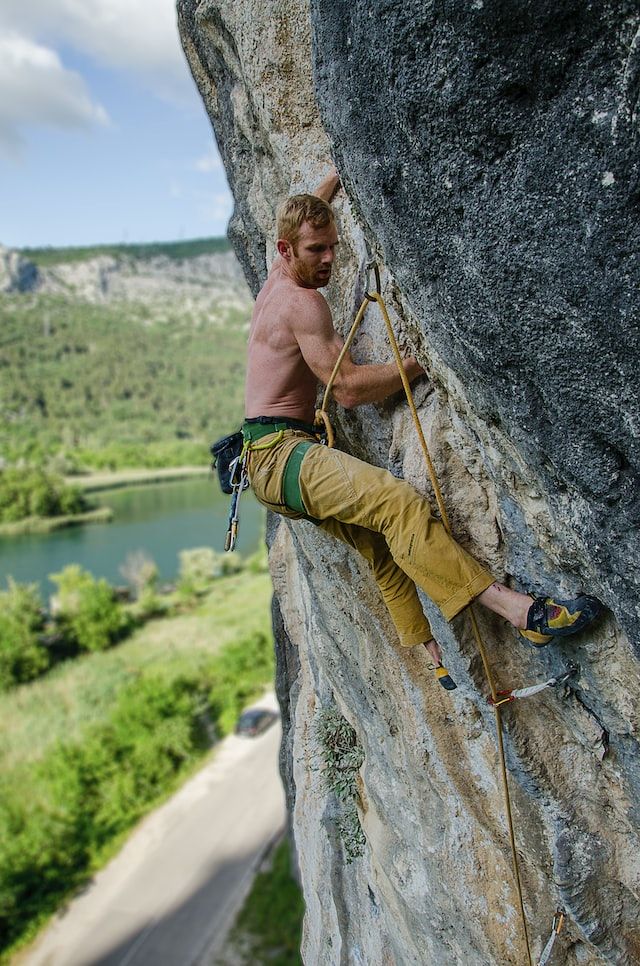
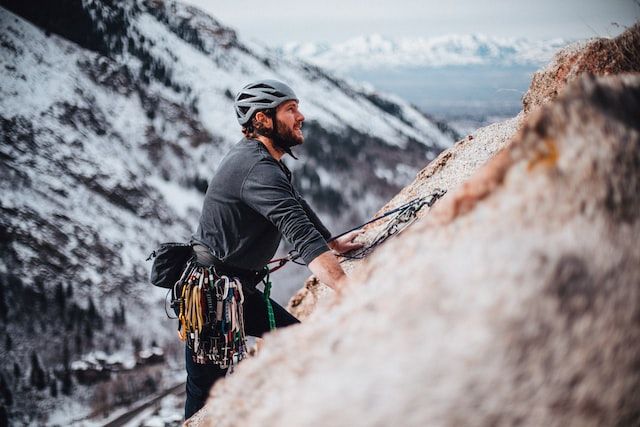
Climbing Cams FAQs
People love climbing, but they're often intimidated by the gear.
Gear can be confusing and even a little scary, especially if you've never used it before.
Rock climbing cams are an essential piece of gear for any climber. But how do they work? And what size should you buy? We answer all of those top questions here.
What is a camalot used for climbing?
A Camalot is an essential piece of gear for any climber and is used to protect climbers from potential falls while scaling a rock face or other vertical environment.
It's a device that works similarly to the wedges used by the ancient Romans during their siege operations, in that it creates a secure anchor point between two different points on the rock face, providing much-needed support and protection for climbers.
The Camalot is comprised of three main parts: an inner cam lobe (or cams), an outer lobe/trigger, and a sling, which holds all these together.
The crown jewels of any cam system are its cam lobes, which consist of multiple curved metal pieces with curves facing both forward and backward; when placed into constrictions between rocks (cracks or crevices) they expand outward -- creating friction against both sides -- allowing them to securely lock into place like no other form of traditional climbing protection can.
This expanded shape distributes weight evenly across all three sides, creating a stable anchor point where none otherwise existed!
What is the physics of climbing cam?
When it comes to understanding the physics of climbing cams, it's important to first understand what cams are used for.
Climbing cams are specialized pieces of gear made of metal and/or composite materials, which climbers use as protection on high-angle rock faces.
The most common use is in aid climbing or big wall relief, where climbers place them (usually one at a time) into cracks or other features in the rock face to protect from a fall.
When properly placed and tensioned, these devices can create an extremely strong force connection point between the climber’s body weight and potential hold points along the rock face; this is known as camming force.
In essence, when looking at it from a physics perspective, a cam works by wedging itself into crevices through lever action - that is: by converting linear motion (pushing down on the lever arm) into rotational motion (the actual “camming” action).
To achieve maximum effectiveness with minimal effort, you must apply pressure perpendicular to the load-bearing surface and ensure effective friction between both sides of each lobe so that their union offers greater stability than if acting alone.
How much weight can a rock climbing cam hold?
Rock climbing cams, also known as camming devices, are specialized pieces of equipment used to secure climbers to their routes.
They work by inserting into a crack in the rock, and when pulled back create an upward force that holds the climber securely in place.
The amount of weight that a cam can hold depends on various factors such as the material it is made from, its size and shape, and even what surface you are attempting to climb.
Generally speaking though, most rock climbing cams have been tested to hold up to 1 kilonewton (kN) or more of force before they deform or slip out - equivalent to roughly 224 lbs (102 kg).
It is important however that climbers make sure they use the right size cam for each placement because using one too small can lead to failure due to forces applied to be beyond its breaking point.
Why do climbers tape their fingers?
Climbers tape their fingers for a variety of reasons, primarily to protect them from the rigors of rock climbing. Taping provides climbers with extra support and protection by helping to reinforce vulnerable areas like the joints, knuckles, and fingertips.
Taped fingers help keep skin tight against the rock face, which in turn helps conserve energy while climbing; this is especially helpful on longer routes with many finger moves.
Additionally, taping can increase friction between your hands and holds – giving that extra bit of grip when you need it most!
This increased friction can help prevent cuts and abrasions caused by sharp holds or rough edges that are common in traditional rock climbing.
Rock climbing cams are one of the most important pieces of safety equipment for a climber, but they can also be one of the most confusing to understand.
Hopefully this article has shed some light on how these devices work and why they are so essential for a climbers safety.
With a little bit of understanding, you can use cams safely and effectively to protect yourself while rock climbing.
We've done the research so you don't have to! To browse our Top Picks for Best Climbing Cams please click the link below!
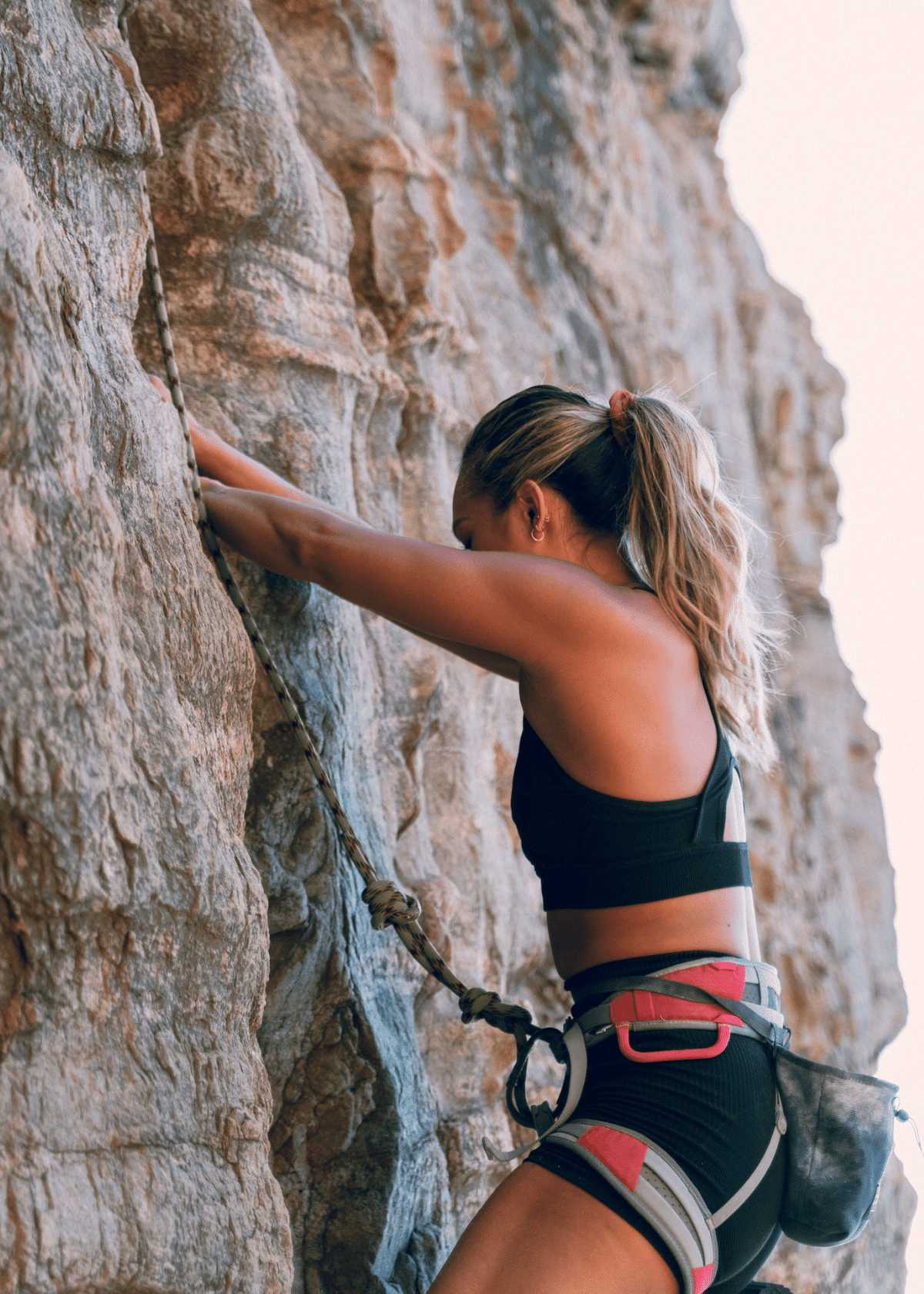
Your Friends,
LoveNatureReviews Team



